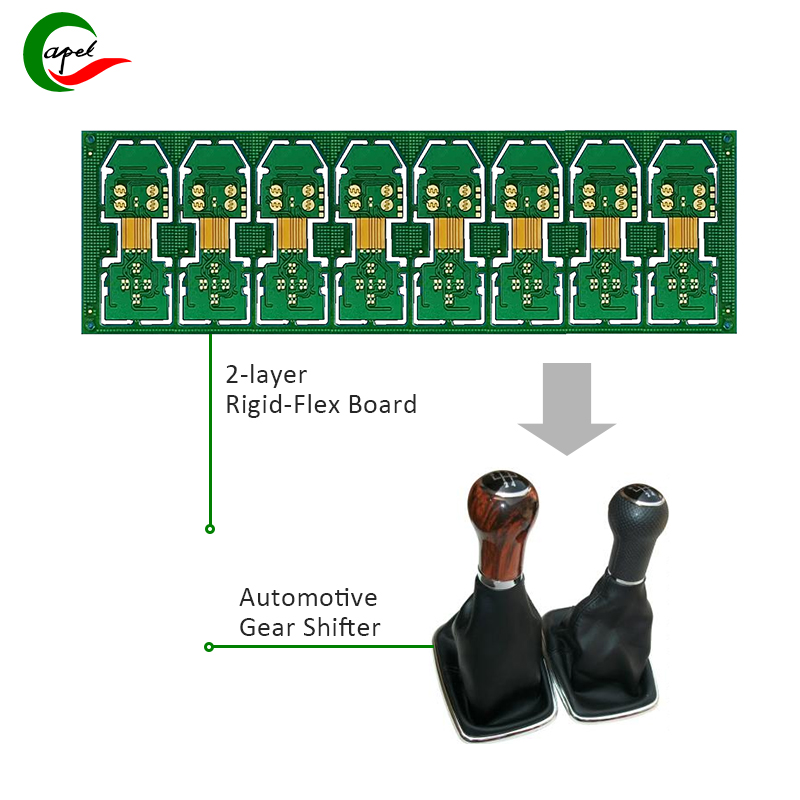In this blog post, we will explore these considerations and provide some insights into designing rigid-flex PCBs for RF applications.
Rigid-flex printed circuit boards (PCBs) are becoming increasingly popular in a variety of applications, including wireless communications. These unique PCBs combine flexibility and rigidity, making them ideal for devices that require both mechanical stability and the need to be bent or formed into different designs.
However, when it comes to RF (radio frequency) applications, specific design considerations need to be considered to ensure optimal performance.
1. Material selection: The selection of materials used in the rigid-flex PCB structure plays a crucial role in its RF performance. For RF applications, it is important to select materials with low dielectric constant and loss tangent values. These features help minimize signal loss and distortion, thereby improving overall RF performance. Additionally, selecting the appropriate substrate material and thickness is critical to maintaining impedance control and signal integrity.
2. Trace routing and impedance control: Proper trace routing and impedance control are critical for RF applications. RF signals are highly sensitive to impedance mismatches and reflections, which can lead to signal attenuation and loss. To ensure optimal performance, it is recommended to use controlled impedance trace routing techniques and maintain uniform trace width and spacing. This helps maintain consistent impedance throughout the signal path, reducing signal loss and reflections.
3. Grounding and shielding: Grounding and shielding are critical to RF design to minimize electromagnetic interference (EMI) and crosstalk issues. Proper grounding techniques, such as using a dedicated ground plane, help reduce noise and provide a stable reference ground for RF signals. Additionally, incorporating shielding techniques such as copper cladding and shielding cans can further enhance the isolation of RF signals from external interference sources.
4. Component placement: Strategic component placement is important for RF applications to minimize signal attenuation caused by stray capacitance and inductance. Placing high-frequency components close to each other and away from noise sources helps reduce the effects of parasitic capacitance and inductance. Additionally, keeping RF traces as short as possible and minimizing the use of vias can reduce signal loss and ensure better RF performance.
5. Thermal considerations: RF applications often generate heat due to high-speed signal processing and power consumption. Thermal management is critical to maintaining the performance and reliability of RF circuits. Designers need to consider appropriate cooling and ventilation techniques to effectively dissipate heat and prevent any potential thermal issues that may affect RF performance.
6. Testing and Validation: Rigorous testing and validation procedures are critical for RF designs to ensure that their performance meets required specifications. Test methods such as network analyzer measurements, impedance testing, and signal integrity analysis can help identify any potential issues and verify the RF performance of rigid-flex PCBs.
In summary, designing a rigid-flex PCB for RF applications requires careful consideration of several factors. Material selection, trace routing, impedance control, grounding, shielding, component placement, thermal considerations and testing are all critical aspects that need to be addressed to achieve optimal RF performance. By following these design considerations, engineers can ensure successful integration of RF functionality into rigid-flex PCBs for a variety of applications, including wireless communications devices.
Post time: Sep-19-2023
Back







